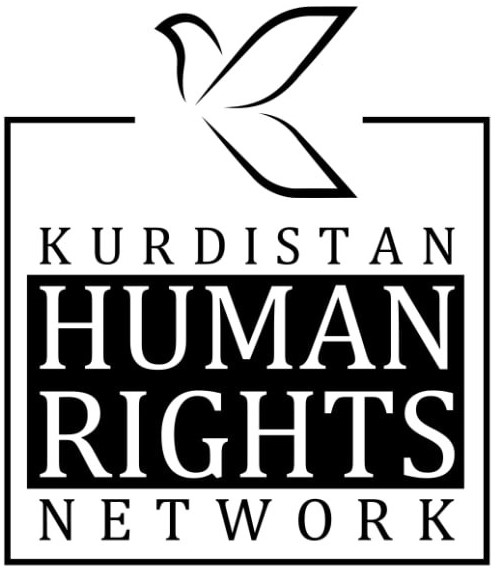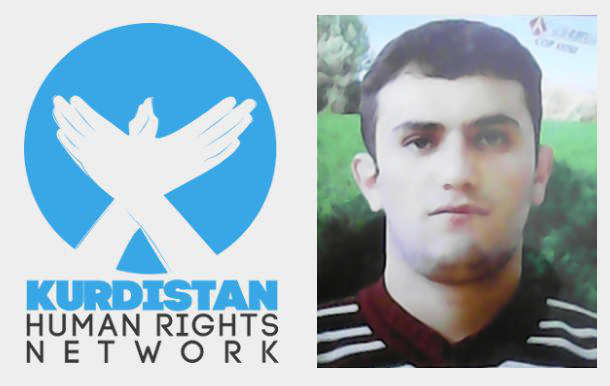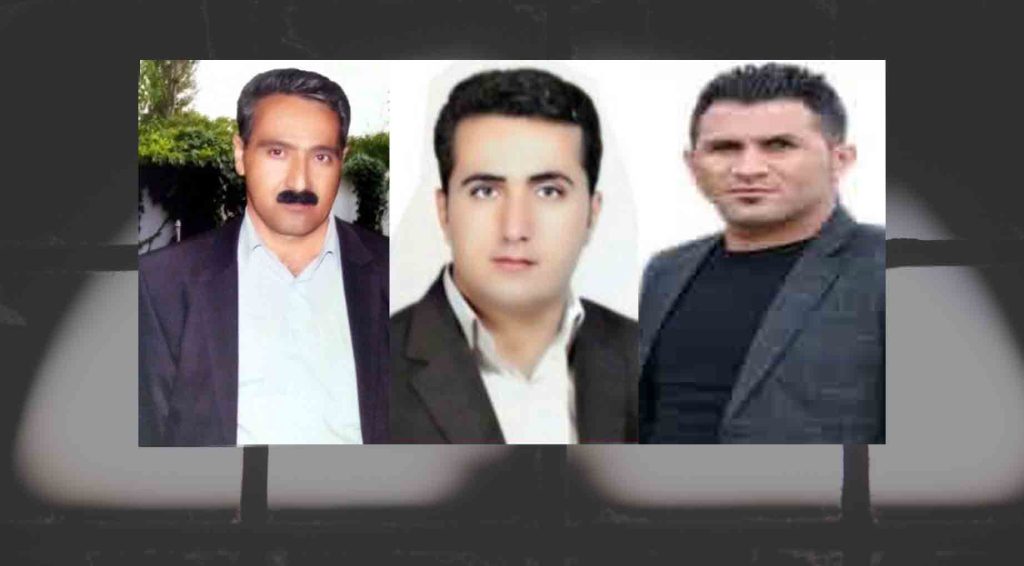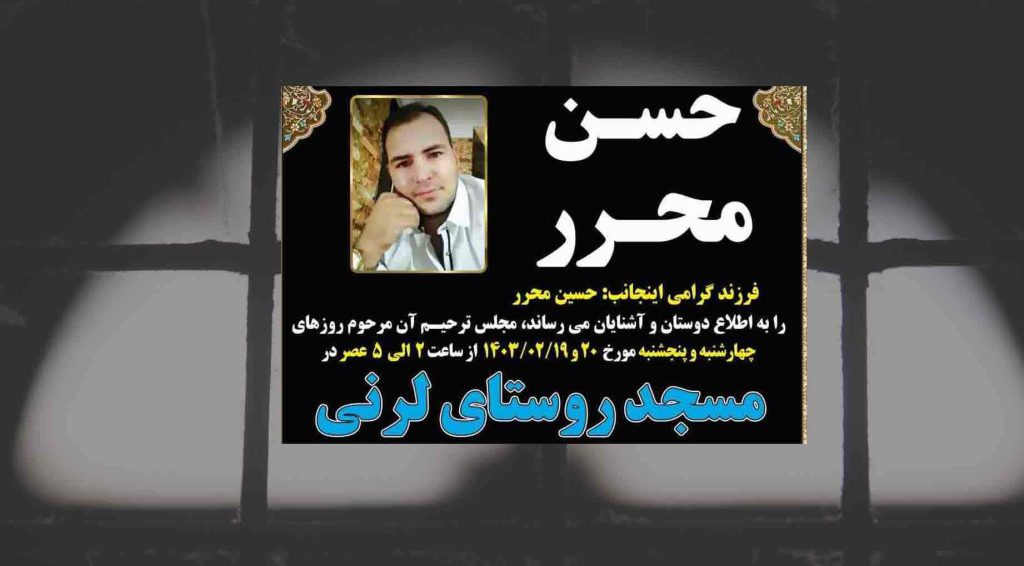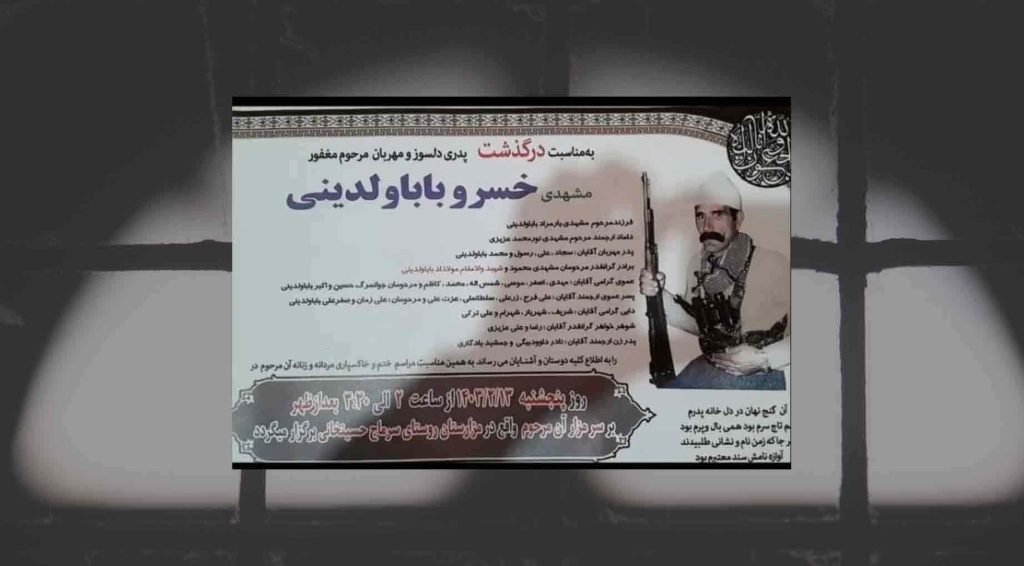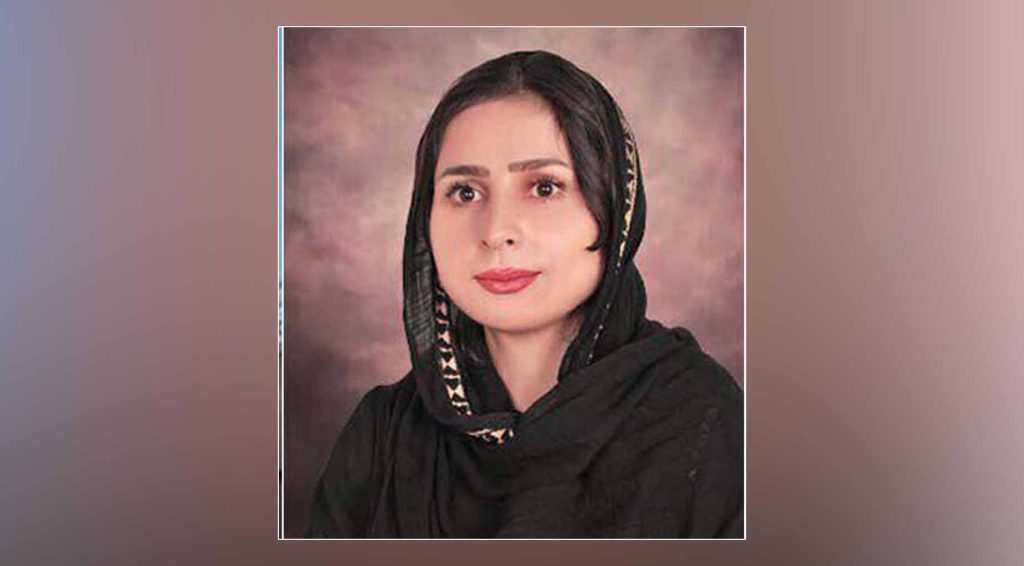“Saman Naseem, a Kurdish political prisoner who was a juvenile when he was arrested few years ago , was transferred to the branch 12 of Orumiyeh Court to attend retrial on 27 January 2016. The Judge requested a medical report from the Forensic Medicine Institute to find out whether or not he was aware of his acts at the time of his arrest. Five months ago, the Supreme Court of Iran accepted the idea of his retrial and his lawyer and family members were allowed to be among the public attendees at the court,” a source close to the Naseem’s family told Kurdistan Human Rights Network (KHRN).
“Naseem was taken to see a medical forensic examiner at the institute a few months ago but the examiner had not sent the report to the court for review. The Judge once again requested a review of Naseem’s phycological state at the time of his arrest to determine whether or not he was aware of committing an offence for which he was arrested as a teenager,” the source said.
Naseem was born on 20 September 1993 in Mariwan.
He was arrested at the age of 17 in the border town of Sardasht on 18 July 2011 by IRGC forces.
He detailed his conditions in prison in a letter made public in February 2015.
In his letter he said his initial arrest “meant 97 days of torture and sufferings. In this period, I was tortured everyday with everything. In the early days the torture was so brutal I was unable to walk afterward. All my body was black and blue. They hung me upside down with my arms and legs tied to the roof for many hours. During interrogations, I was always blindfolded and unable to see my torturers. They used all the inhumane and illegal methods to obtain a confession from me. They repeatedly said that they had arrested my family members and relatives too, my parents and my brother included. They also said that they would bury me with like they did to my comrades. They told me that they would kill me right there and put cement on my grave.”
Regarding his death sentence, he wrote: “I was actually being sentenced to death based on a ‘confession’ that had been pre-written. After receiving death sentence from Mahabad Court on 16 February 2013, I was transferred to Orumiyeh central prison, where I once again faced brutality and intimidations. The Supreme Court upheld my death sentence after two years. The prospect of retrial is unclear and because my sentence was issued as a final verdict, I could be executed at any moment. ‘
In December 2013, the capital punishment was confirmed by the Supreme Court and Naseem’s lawyer was informed that the execution was scheduled to be carried out on19 February 2015.
On 17 February 2015 Naseem and five other death row prisoners (Sirwan Nejawi, Younes Aghayan, Habib and Ali Afshari, Ebrahim Issapour), who were imprisoned together in Oroumiyeh prison, were separated and transferred to different prisons.
Afshari and Habib were transferred to Qazvin prison, Naseem and Aghayan to Zanjan prison, Nejawi and Issapour to Tabriz central prison.
From Zanjan prison, Naseem and Aghayan were transferred to the detention centre of the Iranian intelligence agency and they were detained in solitary confinement cells.
They were denied any rights of communication with their family and relatives for 120 days.
Their families were not informed about their fate and whereabouts.
Officials said both of them were at imminent risk of execution.
Naseem had asked to be executed as soon as possible on several occasion to put an end to this endless nightmare of not being able to bear the ill treatment at the solitary confinement cell, the uncertainty about his fate and being denied the right to communicate with his family.
After this period which lated four months, Naseem was sent back to Zanjan prison.
On 11 July 2015, five months after his disappearance at the hands of Iranian authorities in the most secretive way, he was allowed to call his family to inform them about his detention in Zanjan prison.
On 19 September 2015, he was transferred to Orumiyeh prison where he has since been imprisoned.
(Naseem’s audio file previously published by KHRN)
